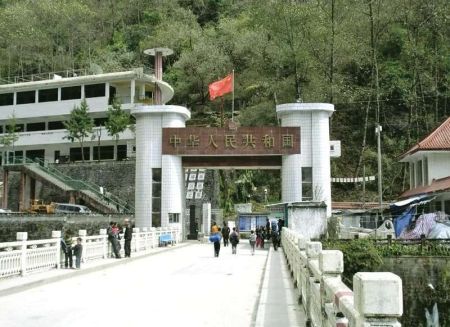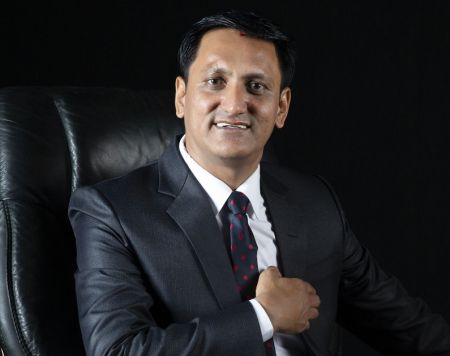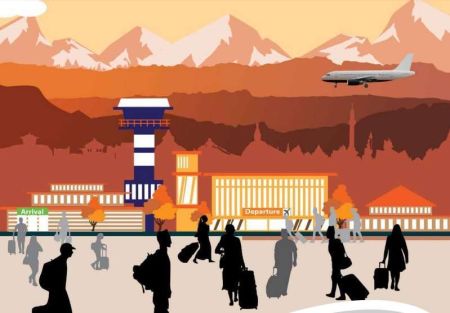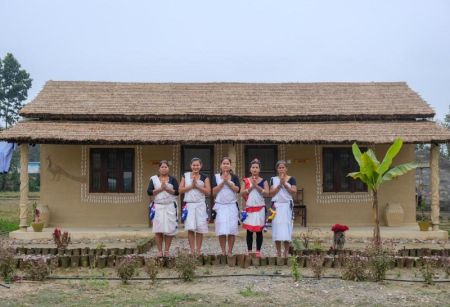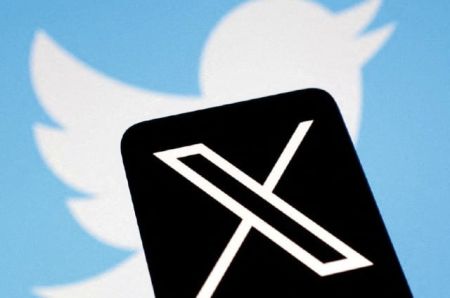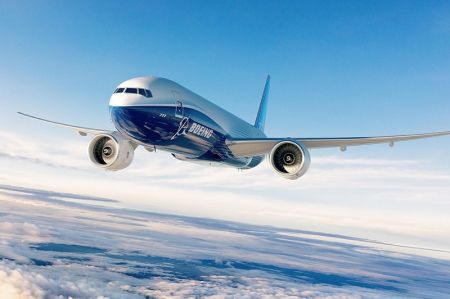The hope is that with 4G services and faster internet speeds, productivity will increase and the country will prosper.
--BY KRISHANA PRASAIN
Once a pioneer in introducing 3G mobile networks in South Asia in 2007, Nepal has notably lagged behind other countries in the region when it comes to 4G services. Nevertheless, with the state-owned Nepal Telecom (NT) starting 4G services based on the Long-term Evolution (LTE) technology from January 2017, the country has ushered in a new era of mobile communications.
First introduced commercially in some European countries in 2009, the service has arrived eight years later in Nepal. Currently, 4G services are available in more than 160 countries with the total number of subscription going over 1.05 billion across the world. Technically, 4G is the fourth generation of data technology for cellular networks whereas LTE stands for high-speed wireless communication for mobile phones and data terminals, based on the GSM/EDGE
and UMTS/HSPA technologies. It enables users to have high speed data use, up to 32.4 Mbps through their mobile networks.
NT launched GPRS and 3G services in the country in 2007 and since then, browsing the internet through mobile phones has become a major force of data connectivity in Nepal. This was followed by the private mobile services provider Ncell introducing 3G services in 2010. Similarly, mobile internet connectivity hit another milestone when Ncell launched the ‘High Speed Internet on Top of the World’ at Mount Everest base camp in the same year.
According to the latest MIS report of Nepal Telecommunications Authority (NTA), the regulator of the telecommunications sector, the total internet penetration in the country has reached 54 percent as of October 16, 2016, out of which mobile data connectivity has the lion share of 96 percent. As per the report, the total number of subscribers of GPRS, EDGE and WCDMA services has reached 13.74 million. The number of internet users in the country totals 14.30 million.
“If we see the data, mobile internet is increasing very fast and now with the introduction of 4G the number is going to boost up further,” says Pratibha Vaidya, Spokesperson of NT.
Major telecos have long demanded the government to allocate a frequency for 4G services. With the amendment in the Radio Frequency (Pricing and Distribution) Policy 2069, the government has permitted telecos to operate 4G services by providing the 1800 MHz band for 4G services in the frequency policy. The frequency policy has adopted the concept of Technology Neutrality which means operators receiving a spectrum can operate whatever services are possible in the frequency allocated.
Telcos Gear up for 4G
For the initial phase NT has plans to provide 4G services to 350,000 subscribers in Kathmandu Valley and Pokhara. Similarly, the company for the second phase has planned to expand the newly launched service in 15 sub-metropolitans areas of the country. NT started the 4G service after receiving Technology Neutrality on 1800 MHz band from NTA. Refarming the 15 Mhz frequency among the 1800 MHz band, NT started the LTE service by separating 10 Mhz for GSM and the remaining 5 Mhz for the 4G service. Refarming is a technical term which denotes the management of existing frequency to employ new radio access technologies.
The company has also upgraded the status of its network. As per the company, 380 and 25 BTS towers in Kathmandu and Pokhara respectively have been upgraded. Working with the Chinese multinational telecommunications and network equipment and services company Huawei, NT is in the process of adding another 59 towers. According to the company, it has spent USD 3.6 million to start the 4G service. Initially started from post-paid subscribers, NT is all set to start 4G services via pre-paid mobiles from February.
Meanwhile Ncell and Smart Telecom have also applied to launch the new service. “We are doing the homework to allow Ncell to start 4G services,” says Min Prasad Aryal, Spokesperson of NTA. Ncell has submitted a detailed roll-out plan as asked by the regulator for the purpose. “We are waiting for regulatory approvals and hope that it will come soon,” says Milan M. Sharma, Corporate Communications Expert of Ncell. Ncell for the last six years has been asking the regulator to allocate a frequency for 4G. Currently, the detailed roll-out plan submitted by Ncell is under consideration by NTA. The company, in its roll-out plan, has said it will launch 4G services first in Kathmandu, Pokhara and Damauli, and continue to expand it to other parts of the country.
Similarly, the mobile services provider has enhanced its readiness in areas where regulatory approval is not required to accommodate LTE services. It has implemented upgrades in the backbone network to accommodate the massive increase in data traffic. The company is improving its data centres by deploying earthquake proof modern facilities. The company has also upgraded its billing systems and service platforms to enable advanced services once the LTE is launched. As per Ncell, only preparatory tasks are left which can be worked out after receiving approval from the regulator to make the 4G service available to its subscribers.
According to the company, it will be able to build the network and launch the service within one month if the government issues the permit. At present, Ncell through its 3G network has been providing internet services at a speed of up to 21 Mbps in the capital valley and the Everest region. Its 3G service has reached 64 districts.
Similarly, for Smart Telecom, NTA is doing a field study about the service provided by the company. “We are studying up on the company and its expansion of services,” informs NTA spokesperson Aryal.
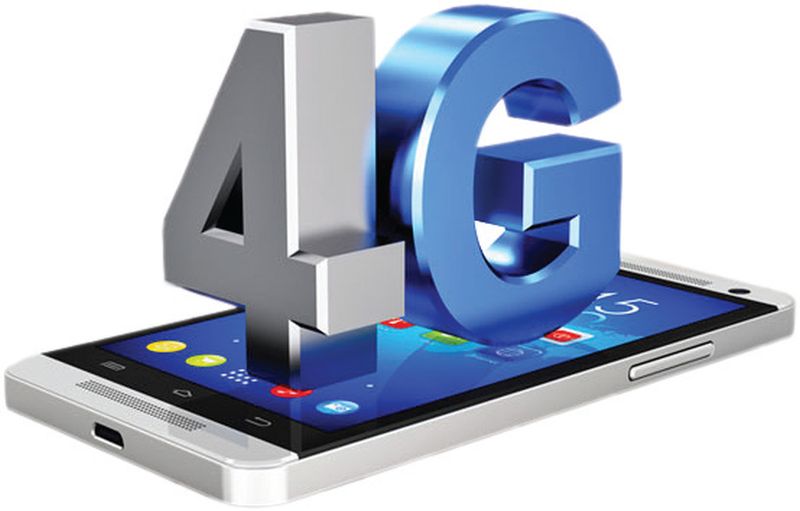
Benefits of High Speed Connectivity
Access to a high speed internet in today’s world has translated into higher levels of productivity and efficiency in work that ultimately results in the overall development of any sector. Meanwhile, general subscribers of 4G services can easily play online games, watch videos, video conferencing and download heavy files quickly.
NTA believes that the introduction of 4G will play a positive role in sectors such as health, education, energy and industry. “The right use of 4G technology will assist in the development of society and the economy of the country,” says Aryal. Meanwhile, NT has asked for an additional frequency for 4G as currently it is using 5 Mhz to operate the service. The company also aims to provide the mobile internet service to its subscribers in rural areas. “This is why we have first permitted NT to launch the 4G connectivity,” mentions Aryal.
The Information and Communication Technology Policy, 2072 B.S. envisions uplifting Nepali society based on information and knowledge through the use of information and communication technologies by 2020. The operation of 4G services is hoped to fulfill the vision. The introduction of the new broadband service can have a positive impact on the country’s economy as well. A 2009 study commissioned by The World Bank concluded that every 10 percentage point increase in broadband penetration contributes to the increment of a country’s GDP by one percent.
Meanwhile, the start of the new broadband internet service has also come as a boon for the mobile handset brands. Sales of LTE and 4G enabled phones have been rising fast and brands present in the country’s market are advertising and launching their new products in line with the new service. “The expansion of 4G services will certainly bring changes to the market,” opines Sanjay Agrawal, Vice president of Mobile Phone Importers Association (MPIA). Agrawal who is also the CEO and Director of TeleTalk Pvt Ltd, the authorised distributor of Gionee and Colors phones in Nepal, views that the changes will come in the form of handset brands introducing phones equipped with advanced connectivity features and an increase in the use of these types of devices across the country. “Nonetheless, 4G will not be widely used until and unless Ncell is allowed to operate the new technology,” he says.
Frequency Auction in the Offing
With the inception of 4G services, a mobile frequency auction will be held for the first time in the country. NTA has fixed the new band frequency for 4G services which will be distributed on the basis of a multi-round auction. The regulator, which set the base prices in the frequency of 700 MHz and 2600 MHz bands a few weeks ago, has prepared a necessary modality for the three phase auction. As per the modality, the per megahertz base price for 700 MHz and 2600 MHz has been fixed at Rs13.5 million and Rs 5.5 million respectively. “We have already forwarded the proposal to the Ministry of Information and Communications (MoIC) for approval,” informs Bijaya Kumar Roy, Deputy Director of NTA.
The modality has recommended a separate administrator team for the frequency auction. There will be three packages of 15 MHz each in the 700 MHz band. Likewise, in the 2600 MHz band, there will be two of 25 MHz each, one of 20 MHz and three packages of 15 MHz (unpaired) by allocating the guard band in the same band.
How does 4G LTE edge over older broadband connectivity?
• Since 4G is successor to 3G, the speed will be faster technologically.
• Improved network responsiveness is another major feature of 4G LTE as it has lower latency levels.
• 4G LTE has higher network capacity as it has high spectrum efficiency which also translates into improved cost efficiency to service providers as well as subscribers.
• Serving as the next-generation network (NGN) or all-IP network that provides all communication and connectivity services including voice, data video and all other types of media, 4G offers reliability to subscribers and cost effectiveness along with easier integration to the service providers.
• It is a backwards compatible system and its high speed also makes it a future proof technology.






